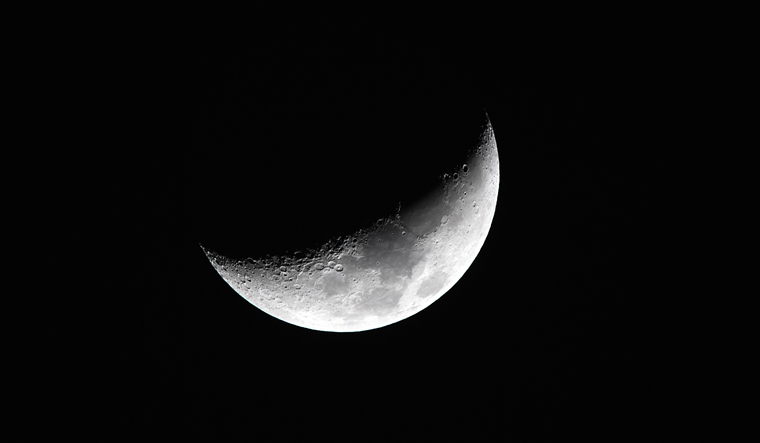Could going back to the moon help in the search for life elsewhere in the cosmos?
That might sound pretty far-fetched, given that the moon is surely as dead as bricks. It has no air, no water and temperatures that are lethal to man or beast.
But the surprising fact is that the moon may be of crucial help in learning whether biology is limited to Earth alone or is something that has sprung up on many worlds. That is because the moon is a great place from which to mount a search.
The moon is the best orbiting platform ever. Sure, it is a thousand times farther than the International Space Station—it takes days, rather than minutes, for a rocket to get there. But then again, the ISS is positively claustrophobic, while the moon has 40 million square kilometers of available real estate. On the moon, we could build massive telescopes to search out habitable planets around other stars without the compromising constraints of Earth’s oppressive gravity or turbulent atmosphere.
Another lunar attraction is that the far side is shielded from all the TV, radio and radar signals belched out from transmitters on Earth. Large antennas, aka radio telescopes, could be constructed there to listen for signals coming from other technologically adept societies. This is such an appealing idea that it has been the subject of both discussion and academic papers for decades. But of course, you need easy and inexpensive access to the moon to do it.
Also read
- National Space Day: Why it is a significant milestone in India's space journey
- Chandrayaan-3: 2 of 3 objectives achieved. What’s next
- Watch: ISRO shares video of Pragyan rover ramping down from Vikram lander
- Chandrayaan-3: Rover 'Pragyan' rolls out. See images captured by 'Vikram' lander
- Chandrayaan-3's Tamil connect: The soil from Nammakal and the three scientists
Finally, there is the fact that launching a rocket from the moon is considerably less challenging than doing so from Earth. The gravity is six times less, and there is no air resistance. So if you are looking for biology nearby, then having a base on the moon is an enviable advantage.
There are at least six places (besides Earth) in our own solar system where life might exist. Mars is an obvious candidate. But there are also three moons of Jupiter and two moons of Saturn where liquids can be found—either on the surface or underground. These are all places that could be checked out with robotic spacecraft launched from the moon—with far greater ease than from Cape Canaveral or Satish Dhawan. Sure, any life on these worlds will likely be microscopic, but at least it would show that biology is a commonplace.
The moon is a stepping stone to the rest of the cosmos. We need to go back.
Seth Shostak is senior astronomer, SETI Institute, US.



